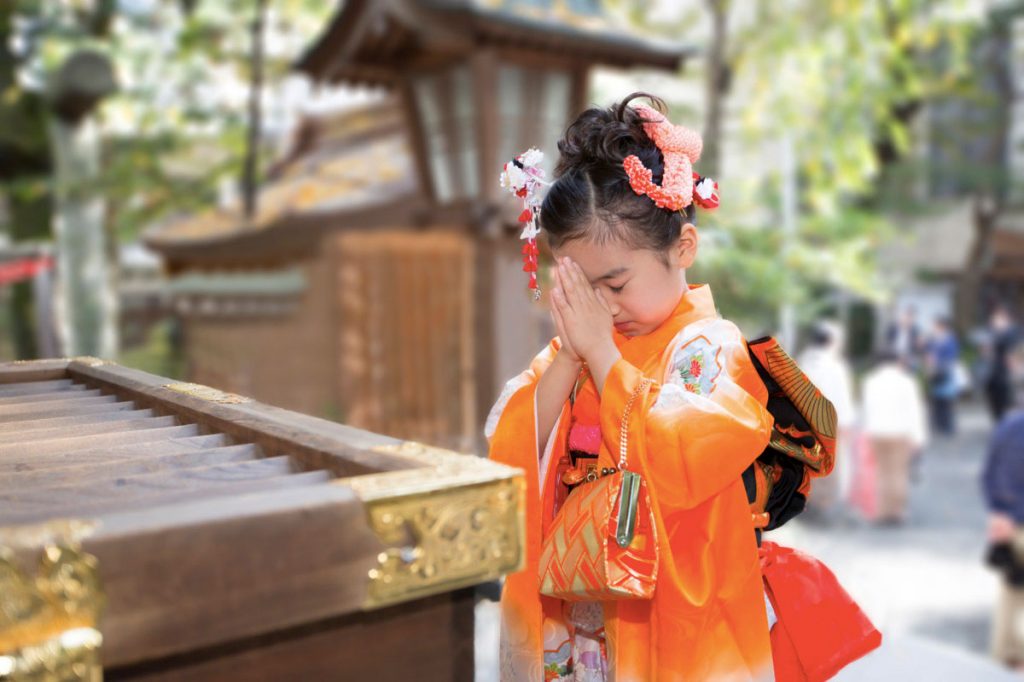How is New Year’s Day celebrated in Japan?
New Year’s Day Traditional Activities
Traditional Food and Presents
What to do in/around Tokyo on New Year’s Day
How is New Year’s Day celebrated in Japan?
Japan have commemorated New Year’s Day (元日, ganjitsu) with a public holiday since 1948. It is widely considered to be the most significant holiday in Japan. This makes it one of the few times that most people would actually take a break from work throughout the year. Most businesses are in turn, closed between 29th/30th December and 3rd/4th January. With most businesses closed across the country, this is definitely a good opportunity for families to finally reunite and enjoy Japanese traditions together!
In 2018, New Year’s Day falls on a Sunday so the public holiday is observed on Monday 2nd January instead. In Japan, the New Year’s period is referred to as “shogatsu” and was initially celebrated in accordance with the Chinese Lunar Calendar up until 1873. This was all before it eventually aligned with the Gregorian Calendar.
New Year’s Day Traditional Activities
Due to its long-running history, many of the traditions associated with this holiday are connected to Japan’s main religions: Buddhism, Shintoism and Christianity.
A popular way to welcome the New Year is for families to watch the first sunrise of the New Year (初日の出, hatsuhinode). Typically, they can also make the first temple or shrine visit of the year (初詣, hatsumode) on the same day. In both cases, it is common to use this opportunity to pray for prosperity and good fortune. The practice of prayer at Buddhist temples and Shinto shrines is slightly different though. When praying at Buddhist temple, you place the palms of your hands together in silent prayer. But at a Shinto shrine, you bow twice, clap your hands twice and then bow again.

During the New Year, Hatsumode can also be used as a chance to obtain new lucky charms (おみくじ, omikuji). These are often associated with the Chinese zodiac sign for that year. The Chinese zodiac is comprised of 12 animal signs which rotate every year. 2018 is the year of the dog and the subsequent year, 2019, would be the year of the pig.
These zodiac signs can also be found on the various New Year postcards which arrive on people’s doors just in time for the 1st of January. The original intention of the greeting cards, known in Japanese as “nengajo”, was to send regards to distant family and friends. This would mainly be to wish them all the best and inform them that you and your family are alive and well. More recently, they have become a gift that gets exchanged casually as a goodwill gesture. In addition to the zodiac signs, it’s relatively easy to find a nengajo with famous cartoon characters like Hello Kitty, Pikachu and Mickey Mouse!
Check out our other blog posts on Japanese New Year:
- 7 Things Japanese People Do To Celebrate The New Year in Japan
- How to Say “Happy New Year!” in Japanese
- What’s A Japanese New Year Postcard, Nengajo?
- Getting to Know Japanese New Year Culture
- New Year’s Day: A Time of Tradition
Traditional Food and Presents
In the West, it’s rare for children to receive presents from family members during the New Year. In Japan, however, children often receive money (otoshidama) from their relatives on New Year’s Day. The amount of money that a child receives is not fixed, it varies based on how many siblings he/she has, how old he/she is and of course, how much the bestower can afford to give away!
As with all good holidays though, there are also various traditional foods that are shared. One of the most popular foods is “mochi”, a chewy rice cake which can be enjoyed by itself, or is also quite frequently eaten with vegetables in a soup called “zoni”. “Osechi ryori” is a famous traditional meal consisting of multiple tasty dishes presented in a “bento-style”, but much fancier!
What to do in/around Tokyo on New Year’s Day
-
- View Hatsuhinode (first sunrise of the year) at Tokyo Tower, Tokyo Skytree, Mount Takao or Inubo Hatsuhinode-go (in Chiba).
- Attend Hatsumode (first shrine visit of the year). The most popular places in Tokyo are probably Meiji-jinju and Senso-ji, but these can get extremely crowded. Visiting a smller local shrine/temple near you would probably be more peaceful!
- Say “Akemashite omedetou degozaimasu!” (Happy New Year!) to friends and family with a traditional Japanese postcard.
- Make mochi, or other traditional food.
- Attend a performance of Beethoven’s Ninth Symphony. This famous piece has been played all over the country around December and January since the early 1900’s.